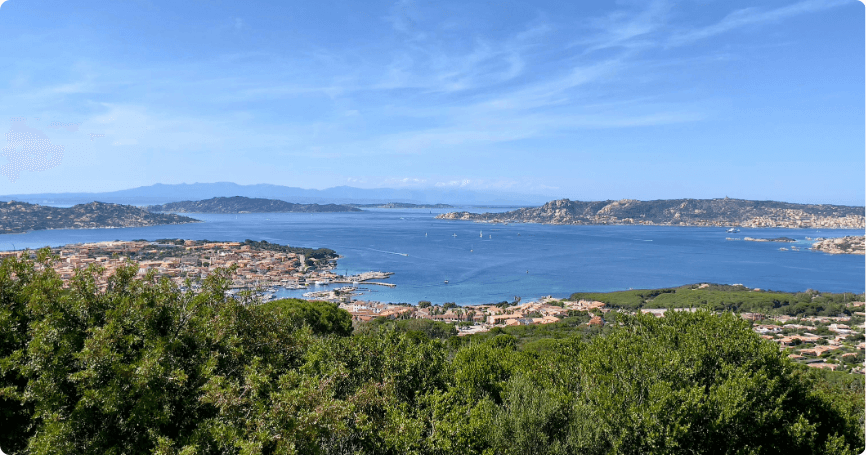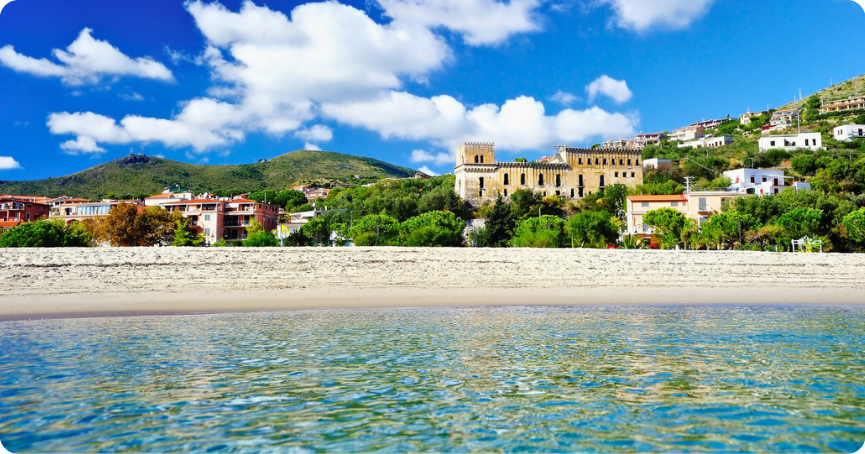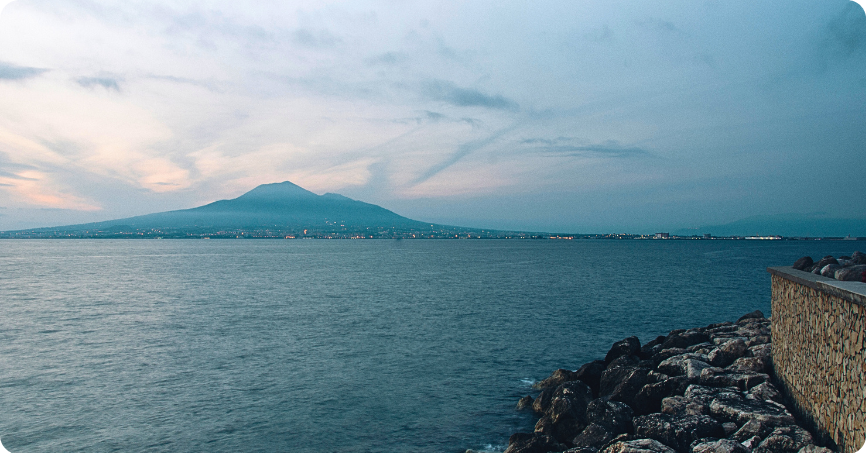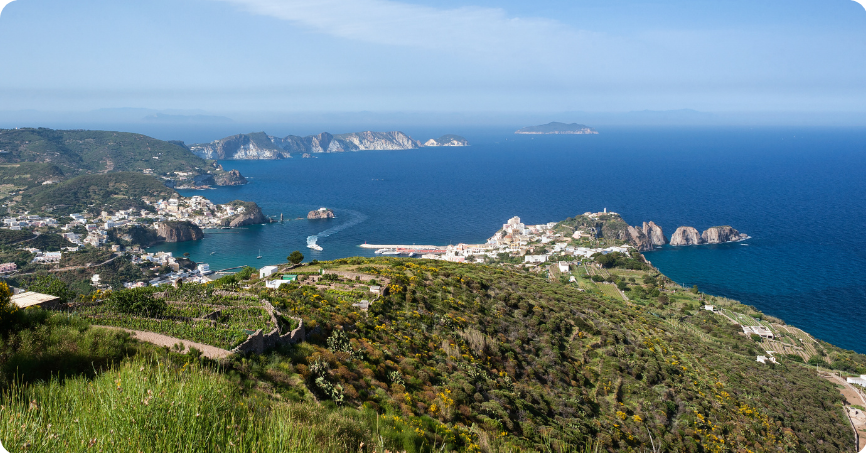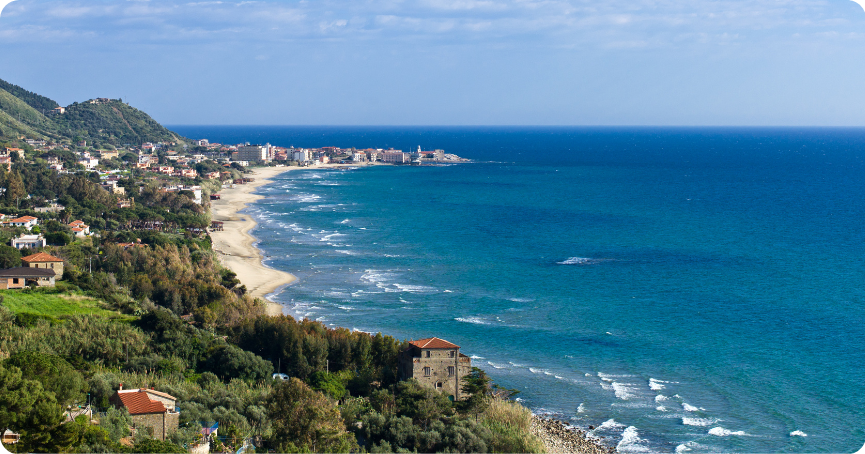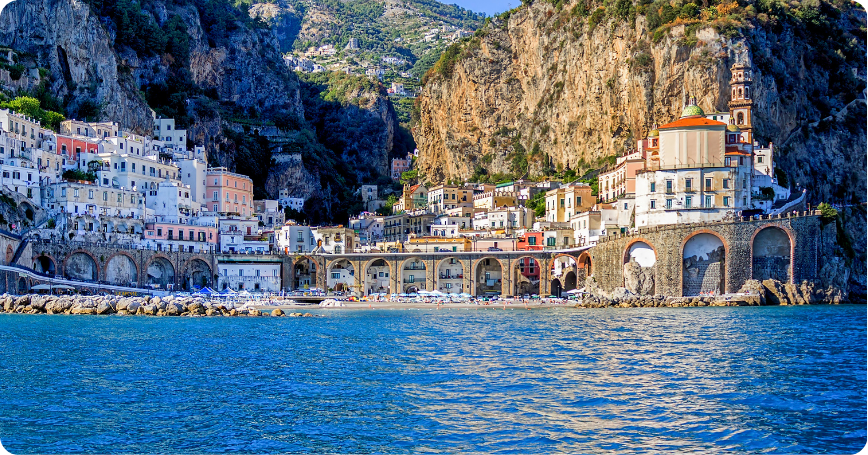
Amalfi Coast, sailing northwards
28 March 2024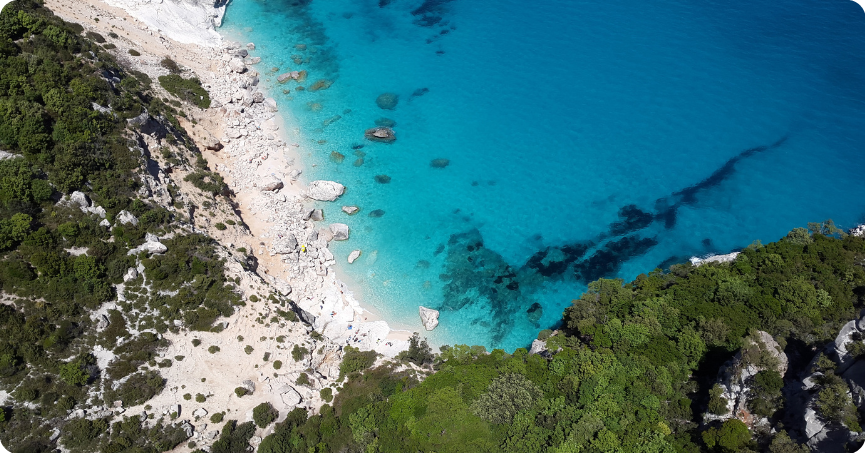
Costa Smeralda: heading towards Corsica
Bathed by crystal-clear waters, a destination for socialites as much as those in search of tranquillity, the Costa Smeralda is dotted with magnificent locations that would be a pity not to visit. Sailing northwards, among the points that are definitely worth a stop, there are bays of dazzling beauty such as Golfo Pevero, famous places such as Porto Cervo, magnificent islands such as La Maddalena, in the archipelago of the same name, or small and medium-sized villages such as Cannagione and Santa Teresa di Gallura. After reaching the northernmost point of the island, we can then move on to Corsica for a visit to Bonifacio, with its medieval citadel perched on the cliff.
Golfo Pevero and Porto Cervo
Going up the coast and before reaching Porto Cervo, in the territory of Arzachena, we can access one of the most sought-after beaches for international tourism. We are in the Golfo Pevero, one of the most renowned bays on the Costa Smeralda as well as one of the most popular with sailors for the ease of anchoring. The white and almost impalpable shoreline is that of Grande Pevero, a beach about 300 metres long and bordered by the whiteness of the granite rocks and the green of the vegetation. A little further on we find the beach of Piccolo Pevero, in the central part of the Gulf, with both an area equipped with bathing establishments and a free-access area. Once in Porto Cervo, we can choose whether to immerse ourselves in the worldly life, with its trendy clubs, boutiques and restaurants, or in the transparent waters of Cala Granu. With its fine white sand, this beach is located in a small bay surrounded by vegetation within a small natural amphitheatre just 100 metres long.
Cannigione and La Maddalena
Definitely less worldly than Porto Cervo but a popular starting point for trips to the nearby and more sought-after resorts, Cannigione is also the perfect place for those who want to avoid confusion and crowds. Equipped with a town beach with golden, coarse-grained sand and plenty of services, it boasts two not-so-well-known beaches where you can relax, Cala Li Mucchi Bianchi and Barca Bruciata beach (or Mannena beach), one to the south and the other to the north. Those who come to Cannigione, however, hardly miss a trip to the Maddalena archipelago. Having the availability of a boat, it will be easy to reach the largest of its islands and also visit the village, the only one in the archipelago. A former military base, La Maddalena is a beautiful and colourful town, developed along a natural harbour and crossed by characteristic cobbled streets lined with 18th century buildings, small shops, cafés and restaurants. Needless to say, as concerns beaches, one is spoilt for choice, since the most beautiful ones can all be reached from land by taking the 20-kilometre road around the island.
Santa Teresa di Gallura and Bonifacio
The last northern stop on the coast is the town of Santa Teresa di Gallura. A small settlement overlooking the Straits of Bonifacio and Corsica, its territory is characterised by rugged coastlines, granites polished by time, a Mediterranean scrub and, of course, the omnipresent turquoise sea. The small town, created from scratch by Victor Emmanuel I, stands on a promontory and develops around the square and the church of San Vittorio, while the surroundings offer the possibility of walks and trekking to the 16th-century tower, the archaeological complex of Lu Brandali, at Capo Testa, a rock connected to the mainland by a strip of sand. There are, of course, numerous wonderful coves with white sandy beaches, among them the famous Rena Bianca. At this point, it would be a shame not to cross over into France. The coast of Corsica is only 14 kilometres away and the town of Bonifacio is certainly worth an extra stop. Characterised by narrow, steep alleyways, this stunning medieval citadel clings 70 metres above the white stone cliffs, overlooking the turquoise waters of the Straits of Bonifacio. Here, although the beaches are certainly not to be underestimated, we will take our time to discover the urban and architectural wonders and their history. From the Bastion of the Standard, which has dominated the port since the 15th century with its 25-metre height, to the alleyways with panoramic views such as the Saint-Roch climb up to Porta di Genova, the entrance point to the upper town, as well as the Eglise Sainte-Marie-Majeure, whose foundations date back to the 12th century and which is the oldest building in the town.

